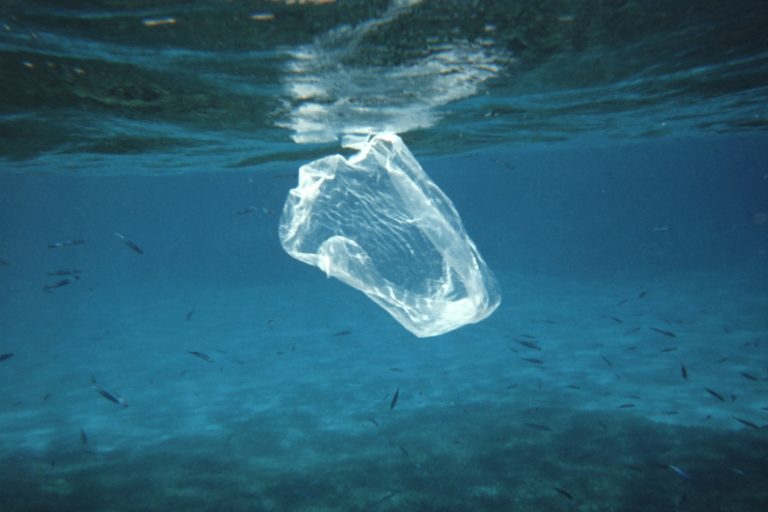YOUR BROWSER IS OUT-OF-DATE.
We have detected that you are using an outdated browser. Our service may not work properly for you. We recommend upgrading or switching to another browser.

At the beginning of the twentieth century human civilization stepped into the new Age – Age of Plastics - materials that dominated all the aspects of society. Nowadays, no progress in new technologies as well as in simple life activities cannot be made without polymeric materials. This naturally led to the development of modern polymer chemistry and processing technologies, but at the same time set engineers and societies facing serious challenges connected with growing amount of plastic wastes, macro- and micropollutants in landscapes, oceans, air and human bodies, large energy consumption, limited resources for polymer production and lack of legal regulations dedicated to the complete life cycle of plastics. Those challenges led to the goal for upcoming years – to make plastic production and management of their life cycle more sustainable and effective – and to reach it intensive cooperation between scientists, engineers, politicians and society is needed.
The aim of „The Circularity of Polymers” program is to propose a state-of-the-art circular value chain for various polymer types, taking into account the material’s properties, complexity of common plastic materials, recent innovations in the given field (e.g. recycling types, new sorting technologies, bio-based materials and bioplastics etc.) and currently existing waste management schemes. During this Blended Intensive Program visions, methodologies and best practices will be shared and discussed between professors and students virtually as well as face to face in order to set the new horizon for circular polymers. Special session with industrial experts will be dedicated to the today’s challenges in plastics waste types.
General learning outcomes (.pdf)
